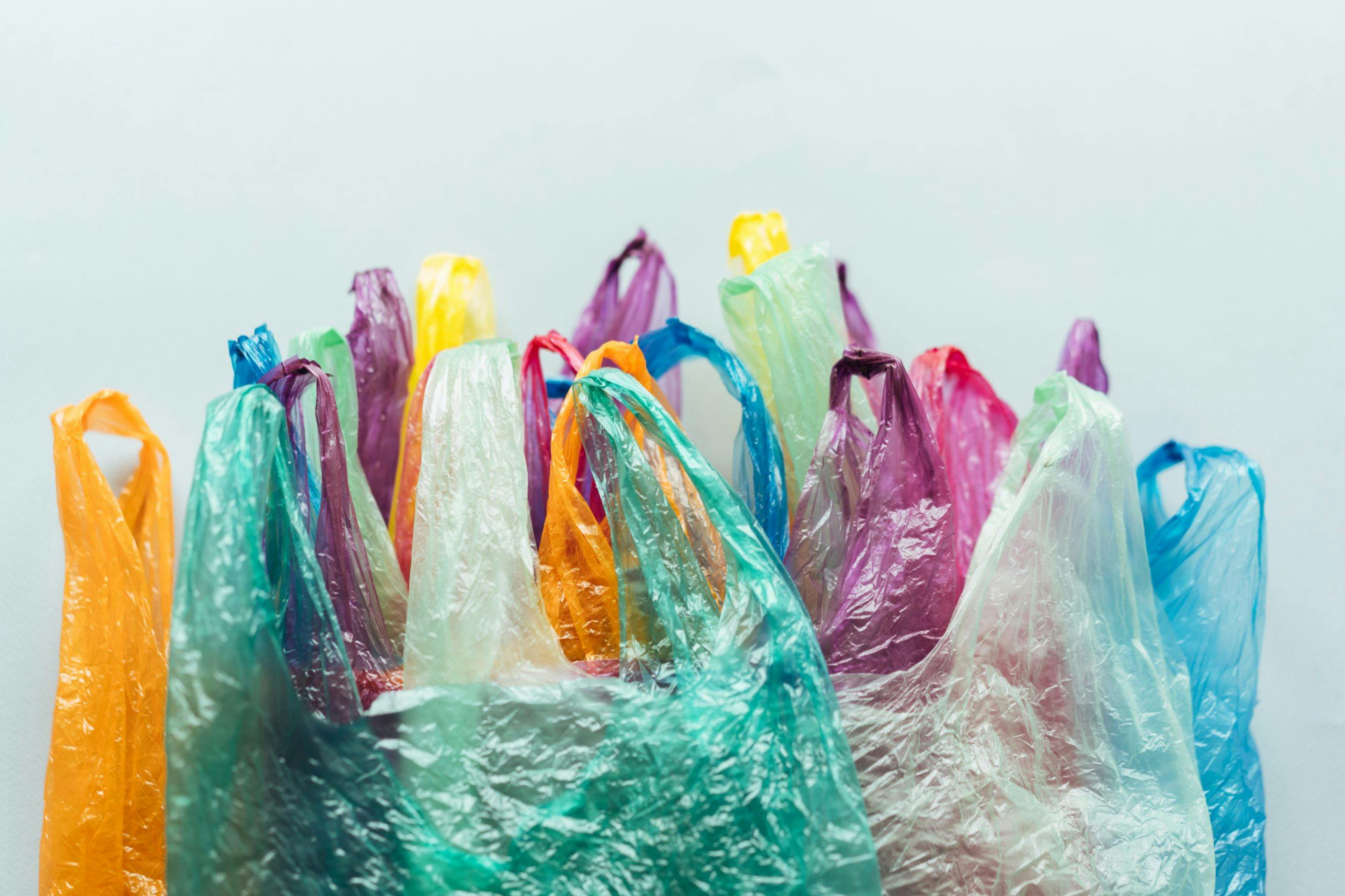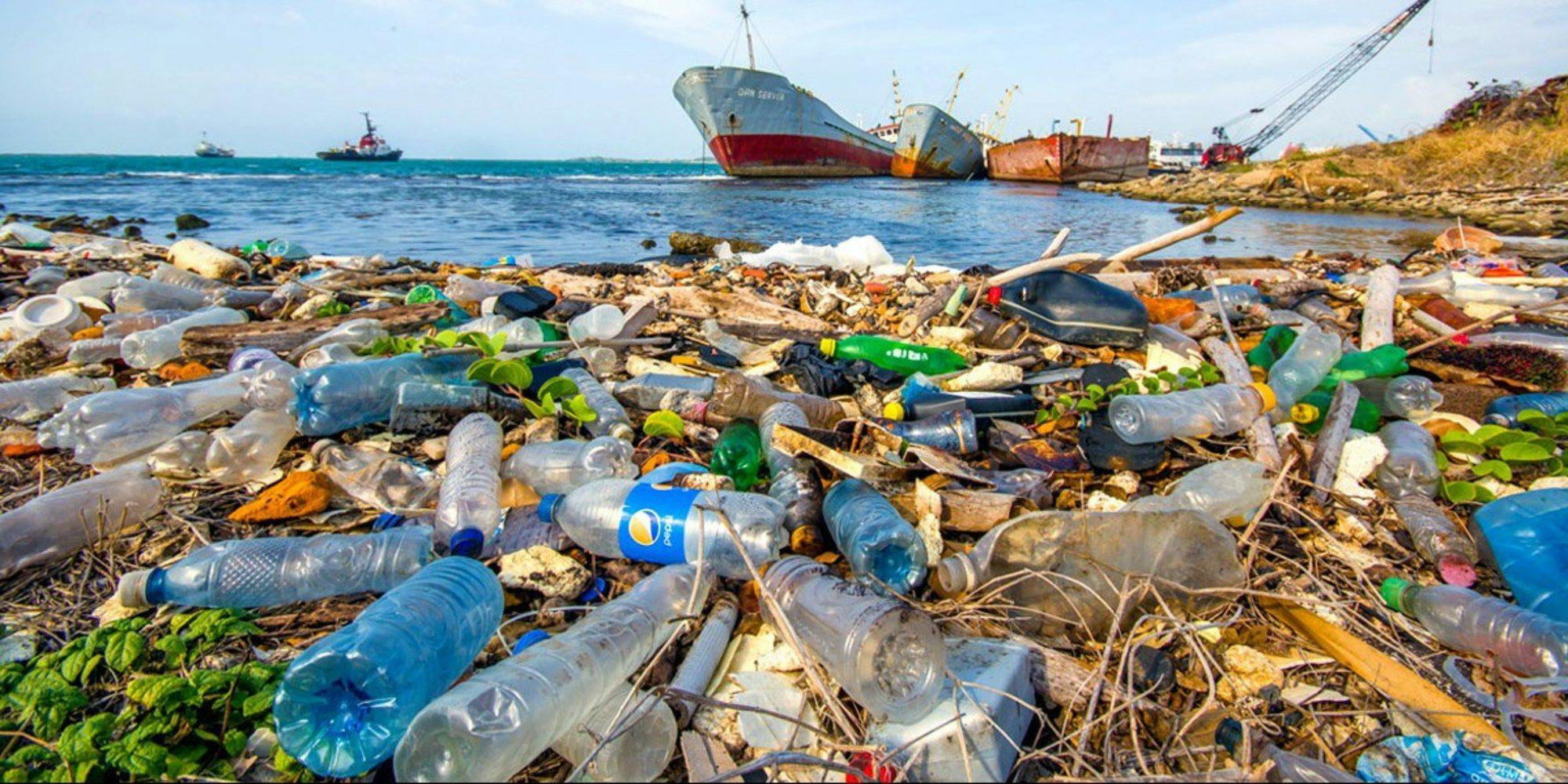Any producer looking to sell to a major retailer knows their product has to be right—but what if you have the right product but the wrong packaging? In a world where retailers are under pressure from legislation, investors, and customers alike to become more sustainable, a potential supplier’s use of unsustainable packaging materials could be a deal-breaker.
In many countries, retailers are strongly discouraged by government policy from stocking products with certain types of packaging. More than 60 nations worldwide—including the U.K., the Netherlands, and parts of Australia—have introduced legislation aimed at reducing the use of single-use plastic and the trend is moving toward outright bans.

Retailers, moreover, are scrambling to reduce their environmental footprints because they know this is what customers—and their shareholders—want. For example, Tesco and Walmart in the U.K. and the U.S. respectively, have both made high-profile pledges to reduce their use of plastic.
So, what are the options? There are a range of different ways for suppliers to embrace more sustainable packaging, and to secure a competitive advantage in the process:
Against this backdrop, the retail sector worldwide is looking to its suppliers to help meet its targets. Increasingly, retailers are demanding that suppliers use recyclable, reusable, or compostable packaging. Suppliers that can’t meet these demands risk missing out on valuable contracts.
Use more sustainable raw materials
This will ensure your products minimise your environmental footprint—but it is not just a question of avoiding plastic. For example, when using material such as cardboard or paper, be sure you are sourcing from sustainable forests.
Investigate all the options. Organic fabrics, such as hemp, organic, or recycled cotton, tapioca, and palm leaves, are all increasingly used in product packaging because they bio-degrade very rapidly. Biopolymers are another good option. Often used for food packaging, these materials are biodegradable and compostable.
Try to avoid mixed packaging materials
The problem with mixed packaging materials, even if they are all sustainable, is that they are more difficult to recycle. They typically have to be separated before a waste management company can process them; retailers are therefore coming under pressure to avoid them.
Product producers sometimes worry that certain materials don’t allow them to market their brands in their full glory. But packaging providers are increasingly creative and innovative; even using one type of packaging, you should still be able to show off your wares to good effect.
Limit the amount of packaging you use
By reducing the amount of packaging you use, both for your final product and during shipping, you have the potential to reduce cost, and potentially mitigate some of the expensive or more costly sustainable materials. Equally, retailers are looking to their suppliers to take the initiative here, as retailers are increasingly required to publicly account for the environmental impact of their supply chains.

Design your packaging for reuse
Depending on your products, you may be able to use packaging that is reusable, either by the end consumer, or by a retailer when the consumer returns it to the shop. Reusable materials range from fabric bags to cardboard. Speak to retailers about schemes they may be operating with customers and how you can facilitate these with your packaging materials.
Partner with the right suppliers
Retailers are increasingly focusing on their extended supply chains. They may scrutinise the packaging suppliers you use in your business, as well as the materials they actually see. Look to work with local manufacturers and suppliers that are able to give a good account of their sustainable practices.
Stay on top of innovation
The packaging industry is acutely aware of the need for improved sustainability and is investing heavily in research and development. Plant-based packaging materials, in particular, are gathering pace. These are materials made from biological sources and are highly biodegradable and compostable.
Tell your sustainability packaging story
Finally, don’t be shy about telling the world about the work your brand has done to make your packaging sustainable. Make sure retailers understand where you have made changes to your packaging to take account of their need for more sustainable products, but also consider making this part of your brand story.
Your packaging should certainly carry details of the materials used—in many jurisdictions, you are legally bound to supply recycling and reuse information—but if you have a good story to tell, make sure you’re telling it effectively. Sustainable brands sell increasingly well.
Equally, be hypervigilant about “greenwashing.” Consumers and regulators are increasingly skeptical about the claims businesses make about sustainability—if you are caught trying to exaggerate the efforts you have made, the backlash could be very serious.

